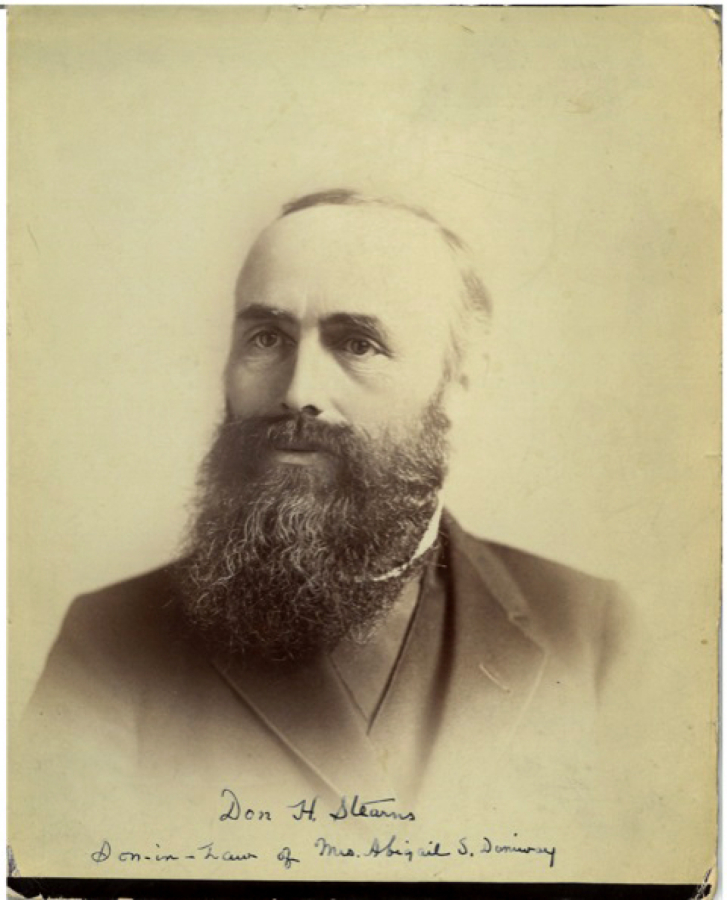As a 20-year-old Union private, Doran Stearns of Vermont passed the marksmanship test to join the nation’s first sniper unit, the U.S. Sharpshooters. To pass, he hit 10 out of 10 shots inside a dinner-plate-sized bull’s eye at 200 yards. Stearns served as a sniper for three years in Civil War battles, including Gettysburg. Captured by Confederates in 1864, they confined him in the infamous Andersonville Prison from May to November.
Shortly after Stearns’ release, the Army transferred him to the medical department. He served as a hospital steward, nursing the sick and wounded until the war ended. In 1866, he married Emma Gilham of Fredericksburg, Va., later abandoning her and his two small sons to head for the Northwest. During his westward travels, he found work in Nebraska for the Daily Bee, and as a nursery salesman in Portland and Vancouver.
Once in Portland, Stearns believed newspapers were a path to prestige and wealth. Ignoring the city’s intense competition, he launched the Bee with the slogan, “Be busy as a bee. Improve each hour.” He printed 1,000 copies of the first issue and distributed it for free. He sold the struggling Republican paper to W.S. Chapman, who managed it for two turbulent years before Stearns repurchased it in 1880.
Always a promoter, in 1877 Stearns authored a travel guide to lure settlers to Clark County because Washington Territory’s land was cheaper than Oregon’s. That year he married his second wife, Clara Duniway, the daughter of suffragette Abigail Duniway, who was Oregonian Editor Harvey Scott’s sister. Stearns didn’t meet the mother’s standards, so the couple married while she was out of town. Abigail threw a tantrum when she returned. Forgiving her daughter, the suffragette visited the Stearns’ lakeside home shortly before Clara’s 1886 death.



